North Carolina Shores Once Serene, Now Overrun By Tourism

North Carolina’s coastline used to be a quiet escape where locals could enjoy peaceful sunsets and empty beaches.
Families would pack simple picnics and spend whole days building sandcastles without fighting for parking spots.
But those days have faded as tourism has exploded along the shore, bringing crowds, traffic, and development that have transformed these once-tranquil havens into bustling vacation hotspots.
1. Corolla

Wild horses used to roam freely here without dodging selfie sticks and tour groups. Corolla was once a quiet coastal community that developed from a small fishing and hunting settlement where these majestic animals had the beaches mostly to themselves.
Now summer brings heavy seasonal traffic along NC-12, the only major road into town. Vacation rental mansions tower over the dunes, and tourists flock by the thousands to snap photos with the famous mustangs.
The horses still wander, but they share their territory with beach chairs, coolers, and visitors who sometimes forget these are wild animals, not petting zoo attractions. Local residents miss the quieter days when spotting a horse felt magical rather than routine.
2. The Outer Banks

Fishermen once had these barrier islands practically to themselves, casting lines into the surf without competition. The Outer Banks stretched for miles as a windswept paradise where nature ruled and human footprints washed away with each tide.
Fast forward to today, and you’ll find rental properties packed tighter than sardines in a can. Highway 12 often experiences significant congestion during peak travel days as vacationers arrive and depart in waves.
Kiteboarding schools, parasailing operations, and jet ski rentals have replaced the solitude that once defined this coastal gem. What was once a sparsely developed chain of islands has become a thriving vacation destination with growing concerns about erosion, waste, and noise.
3. Emerald Isle
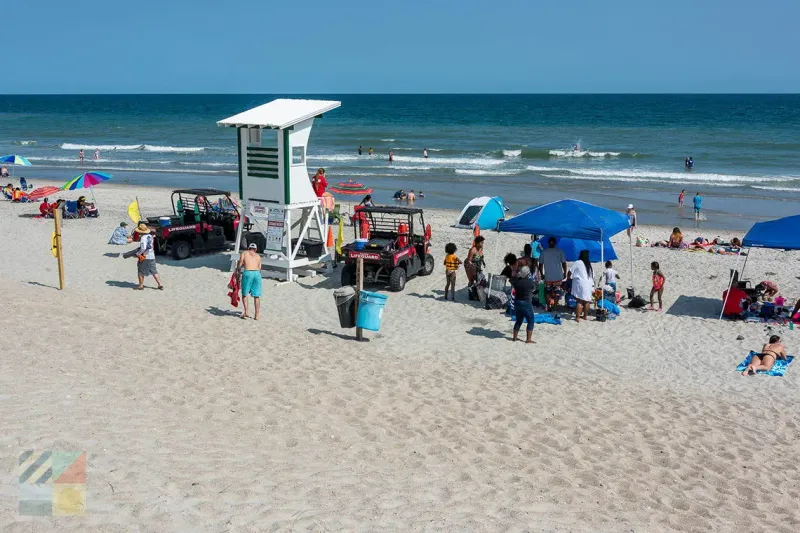
This Crystal Coast treasure earned its name from the stunning green-blue waters that sparkle like gemstones. Decades ago, families could claim entire stretches of sand and collect seashells without stepping over beach blankets every three feet.
Tourism discovered Emerald Isle’s charms, and developers followed close behind with wallets open. Condos sprouted like weeds, blocking ocean views for the modest beach cottages that predated them.
During summer weekends, the population swells far beyond its few thousand year-round residents, and parking along the beachfront can become scarce. The emerald waters remain beautiful, but enjoying them now means sharing your square of sand with hundreds of other sun-seekers who had the same vacation idea.
4. Carolina Beach
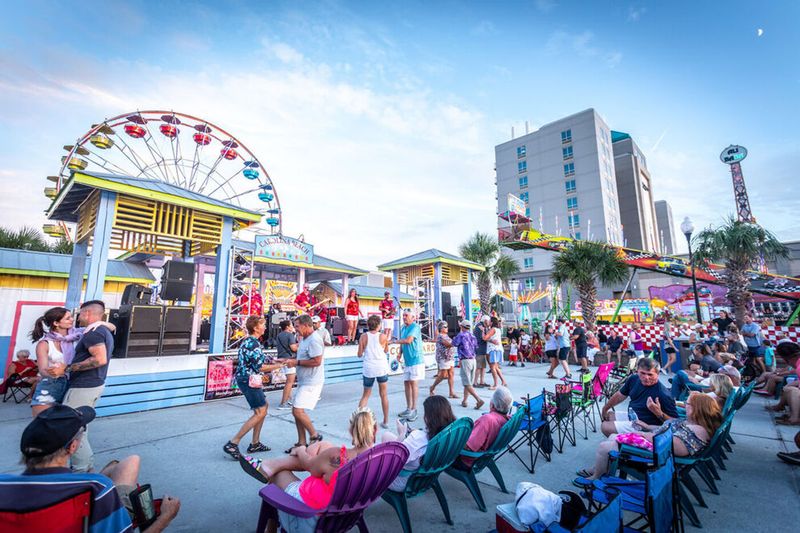
Locals remember when the boardwalk was a charming throwback, not a shoulder-to-shoulder carnival atmosphere. Carolina Beach had personality—a quirky, laid-back vibe where everyone knew the best spots for fried seafood and nobody rushed.
Tourism turned up the volume to eleven, bringing chain restaurants and souvenir shops selling the same mass-produced beach junk you’ll find anywhere. The iconic boardwalk now thrums with crowds during peak season, making a simple stroll feel like navigating a human obstacle course.
Parking is increasingly competitive during the summer months, with visitors circling the downtown and boardwalk areas looking for open spaces. The beach itself disappears under a patchwork quilt of towels, umbrellas, and inflatable pool toys that drift dangerously toward Georgia.
5. Crystal Coast
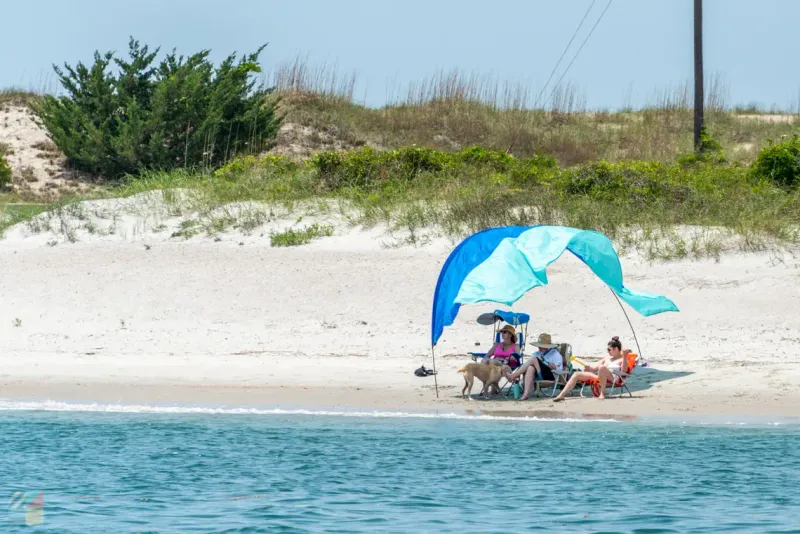
Shelling expeditions used to yield treasures because fewer hands competed for nature’s prizes. The Crystal Coast lived up to its name with pristine waters so clear you could watch fish dart between your toes.
Vacation marketing campaigns worked a little too well, drawing visitors who told friends who told more friends. Boat traffic and rental activity have grown along the Intracoastal Waterway, especially during holidays and peak season, and waterfront real estate prices have risen sharply in recent years.
Commercial fishing still exists here but now shares space—and sometimes resources—with a thriving recreational tourism economy. What was once an authentic coastal community now caters primarily to outsiders seeking that perfect Instagram shot. The shells are still there, but you’ll need to wake up at dawn to beat the crowds.
6. Nags Head
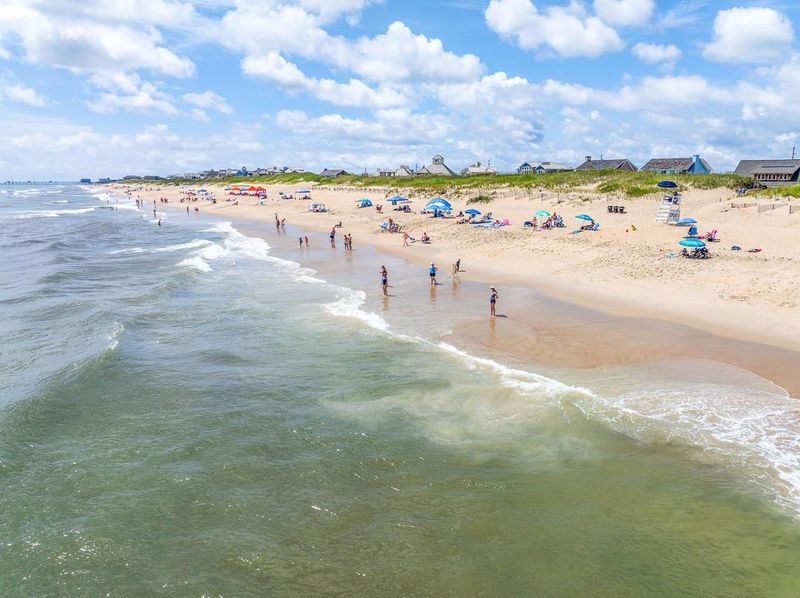
Legends say pirates once roamed these shores, but today’s invaders carry beach chairs instead of cutlasses. Nags Head was where families returned year after year, renting the same modest cottage and reconnecting with simpler times.
Then tourism exploded like a firework factory, and those cottages got bulldozed for McMansions with elevators and rooftop decks. The famous Jockey’s Ridge sand dunes, part of Jockey’s Ridge State Park, now host frequent hang gliding and sandboarding lessons for visitors each day.
Traffic on the town’s main beach roads can be heavy in summer, and new development has replaced many of the older cottages once common along the shoreline. Old-timers shake their heads remembering when you could actually relax here without reserving your beach spot six months in advance.
7. Figure Eight Island
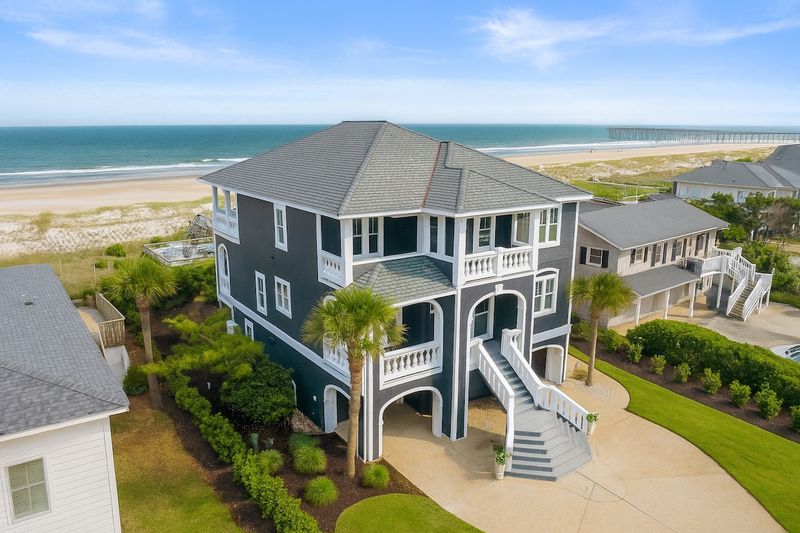
Money talks loudest on this private island where gates keep out the general public but not the wealthy vacationers. Figure Eight once represented the ultimate coastal seclusion, a place where nature and luxury coexisted quietly.
Even exclusive communities couldn’t escape tourism’s reach, though the crowds here wear designer sunglasses and arrive in luxury SUVs. Rental companies market the island as an escape from overtourism, which is hilariously ironic considering they’re contributing to the problem.
The island remains less congested than public beaches, but locals who remember true solitude notice the difference. New luxury homes continue to be built, and property values now rank among the highest in North Carolina, reinforcing the island’s reputation as an exclusive retreat.
